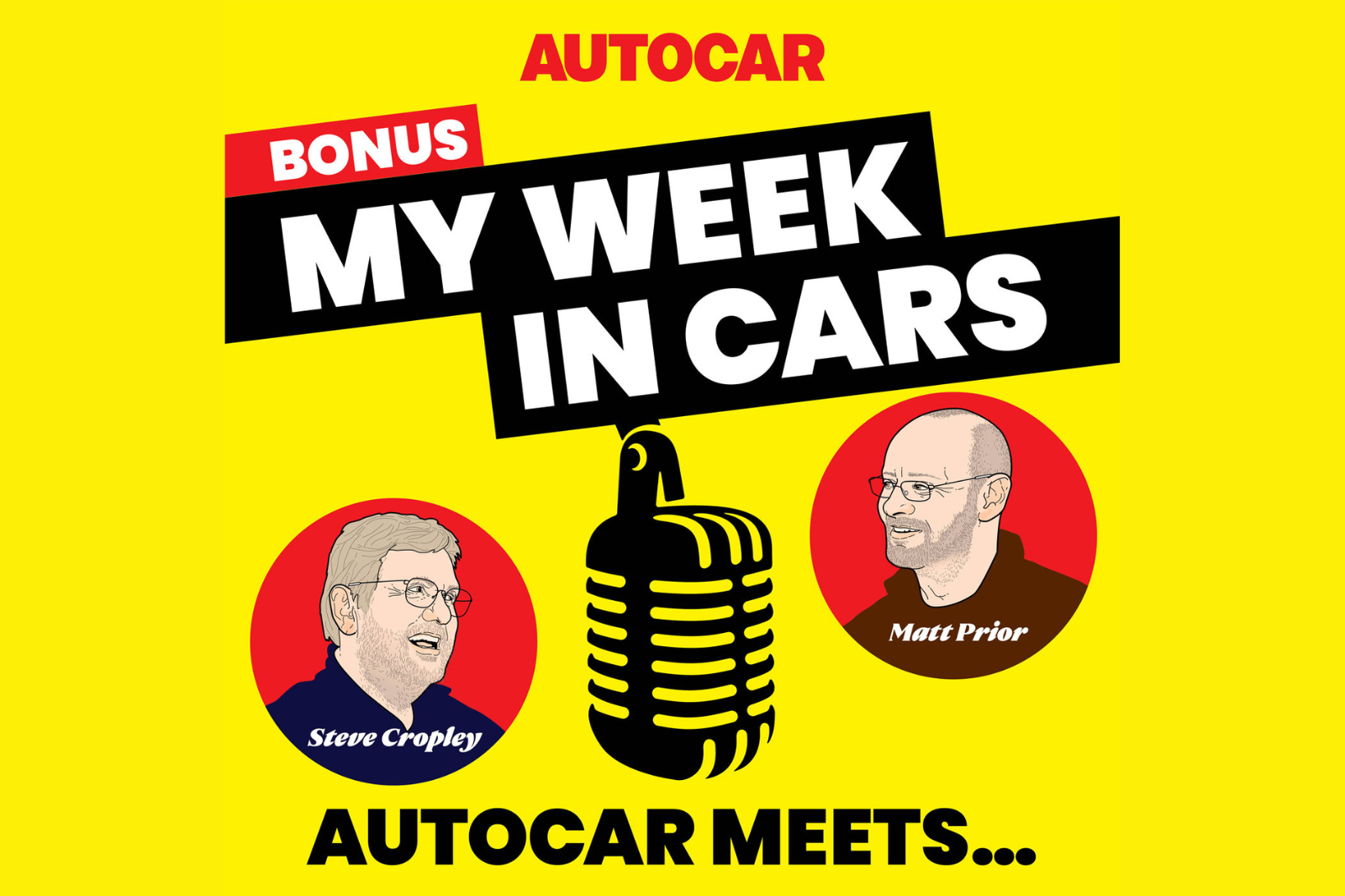Building A Successful CLE: Structuring Content With Value, Ethics, And Humor
Steps for crafting a presentation that truly resonates with your audience. The post Building A Successful CLE: Structuring Content With Value, Ethics, And Humor appeared first on Above the Law.


Ed. note: This is the second article in a series.
In our first article, we laid the groundwork for your CLE by focusing on choosing the right topic and leveraging technology for research and idea generation.
Now, as we move forward in our series, it’s essential to recognize that the foundation of a successful CLE isn’t just about the topic you choose — it’s also about how you build upon that foundation.
Structuring your content effectively, incorporating ethics, and adding a touch of humor are critical elements that transform your CLE from a mere transfer of information into an engaging, memorable experience.
These steps are not just about meeting requirements; they’re about crafting a presentation that truly resonates with your audience, ensuring they walk away informed, inspired, and ready to apply what they’ve learned in their own practice.
CREATING A BLUEPRINT
Once you have a solid topic and research in place, the next step is to organize your material into a logical and engaging framework. Think of this process as drafting a blueprint for your CLE, ensuring that all key elements are in place to guide your audience through the learning experience.
Effective Content Structuring:
• Introduction, Body, Conclusion: Begin with a compelling introduction that captures your audience’s attention and outlines the key points you’ll cover. Follow this with a well-organized body that delves into the main content of your presentation. Finally, wrap up with a concise conclusion that reinforces the key takeaways and leaves a lasting impression.
• Learning Objectives: Clearly define the learning objectives at the outset. What should participants be able to do or understand by the end of the CLE? These objectives will guide the structure of your content and help you stay focused on delivering value.
• Use of Statutes and Case Law: Incorporate relevant statutes and case law to illustrate key points. This not only makes your presentation more engaging but also helps attendees apply what they’ve learned in practice.
• Interactive Elements: Consider adding hypothetical scenarios or interactive questions to engage your audience and encourage participation. These elements can make your CLE more dynamic and memorable.
STRENGTHENING YOUR FOUNDATION
After laying out a solid structure for your CLE, it’s time to consider how to add even more value.
One of the most impactful ways to do this is by incorporating an ethics component into your presentation.
Ethics CLE is a critical component of any legal education and can significantly enhance its value. Most attorneys are required to earn ethics credits, and these sessions are often in high demand due to their importance and scarcity.
Why Ethics is Essential
• Mandatory Compliance: Ethics credits are often a required part of continuing legal education, making them essential for attorneys to maintain their licenses. Many attorneys struggle to find high-quality ethics CLEs, so offering one can meet a critical need.
• Increased Attendance and Appeal: Including an ethics component in your CLE can significantly boost attendance. Ethics topics are in high demand, and by incorporating them, you make your program more attractive to a wider audience.
Engaging Your Audience
Ethical topics often involve controversial cases or dilemmas, providing an excellent opportunity for audience engagement. Here’s how you can make the most of this:
1. Leverage Hypotheticals: Introduce a hypothetical scenario based on a controversial ethical issue. Present the case, then turn to your audience and ask for a show of hands on what they believe the correct course of action would be. This is particularly effective in large audiences, as it encourages participation and provides a visual gauge of the room’s opinion.
2. Group Discussions: In smaller or group-format settings, ask the audience to discuss the ethical dilemma among themselves before sharing their thoughts with the larger group. This fosters deeper engagement and allows participants to consider multiple perspectives before arriving at a conclusion.
3. Follow-Up Questions: After the audience has weighed in, present the actual outcome of the case (if applicable) and discuss why it was decided that way. Encourage further discussion on whether the audience agrees with the decision and what they would have done differently.
This approach not only makes the ethics component more interactive and engaging but also helps attendees think critically about the ethical dimensions of legal practice.
Lightening the Load
Legal topics can be dense and, at times, dry. Injecting humor into your presentation is a powerful way to keep your audience engaged and make the content more relatable. However, it’s crucial to strike the right balance between humor and professionalism.
Why Humor Matters
• Engagement: Humor grabs attention and keeps the audience alert and interested in the material. A well-placed joke or witty remark can make your presentation memorable.
• Relatability: Humor can help break down complex concepts, making them more accessible and less intimidating. It can also create a connection between the presenter and the audience, fostering a more interactive and enjoyable learning environment.
• Stress Relief: CLE sessions can be intense, especially when dealing with complex legal issues. A bit of humor can lighten the mood, helping to relieve stress and making the learning experience more enjoyable.
• Know Your Audience: Tailor your humor to fit the audience. If possible, obtain the attendee list before presenting and do some research on your participants. Understanding their background can help you gauge what kind of humor will resonate. Remember, what works in one setting may not work in another.
FORTIFYING YOUR CLE
By structuring your CLE content effectively, incorporating an ethics component with interactive engagement, and injecting a bit of humor, you add layers of strength, value, and engagement to your program. These elements not only ensure that your CLE is comprehensive and engaging but also make it more appealing and enjoyable for a broader audience.
Structuring Your Content:
✔️ Create a clear introduction that outlines the key points.
✔️ Organize content into a logical sequence: Introduction, Body, Conclusion.
✔️ Define specific learning objectives for the CLE.
✔️ Incorporate relevant statutes and case law to support key points.
✔️ Include interactive elements like hypotheticals to engage the audience.
Incorporating Ethics:
✔️ Ensure your CLE includes an ethics component to meet mandatory compliance requirements.
✔️ Design your ethics segment to boost attendance and appeal.
✔️ Use hypotheticals and group discussions to make the ethics section interactive.
✔️ Follow up with the actual outcomes of ethical cases and encourage audience reflection.
In the next article, we will explore how to engage your audience further, enhance interactivity, and make your presentation visually compelling — key components that will bring your CLE to life and ensure it leaves a lasting impact.

Sejal Bhasker Patel is a Rainmaking Consultant and Author of Rainmaker: Unleashed — a sharp, strategic playbook for attorneys who don’t fit the traditional mold. She’s the founder of Sage Ivy, a consulting firm that works directly with law firms and attorneys to turn relationships into revenue — without selling their soul. Her work is blunt, tailored, and built on one core belief: Authenticity isn’t a liability — it’s your strongest competitive edge.
www.sageivyconsulting.com
The post Building A Successful CLE: Structuring Content With Value, Ethics, And Humor appeared first on Above the Law.

















































































































































